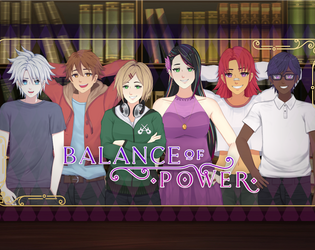
Civilization’s leaders have always been a crucial part of the game, each representing the heart and soul of their respective nations. Over the years, Firaxis has evolved its approach to selecting and portraying these leaders, culminating in a groundbreaking shift with Civilization VII. This article delves into the history of Civilization's leadership and explores how the latest installment redefines what it means to be a leader.
← Return to Sid Meier's Civilization VII main article
Civ VII Redefines What it Means to Be a Leader
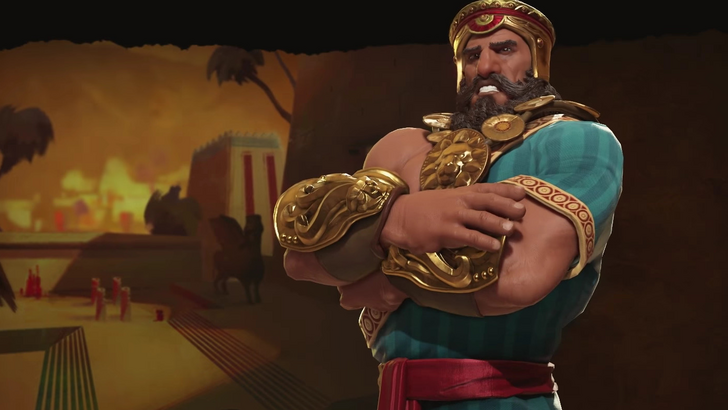
From the inception of the series, leaders in Civilization have been integral to the game's identity, never replaced by other mechanics but continuously refined. These iconic figures are the backbone of each civilization's narrative, as essential to gameplay as the civilizations themselves. Over the years, the portrayal of leaders has evolved, reflecting the diversity and complexity of real-world nations. Each new title brings innovations, reshaping the concept of leadership and its impact on gameplay.
Join me as we journey through the history of Civilization's leaders, examining how they have changed across iterations and how Civilization VII redefines leadership with its unique selection of leaders.
Old Civ Was a Superpowers Club Only

The journey begins with Sid Meier’s original Civilization, which featured a modest roster of 15 civilizations, including global superpowers and historical giants like America, Rome, and China. The leaders chosen were straightforward, often the most recognizable historical figures from each nation, such as Abraham Lincoln, Tokugawa Ieyasu, and Julius Caesar. This initial approach was clear and direct, reflecting the game’s era and technical limitations. However, as the series progressed, so did the complexity and diversity of its leadership selection.
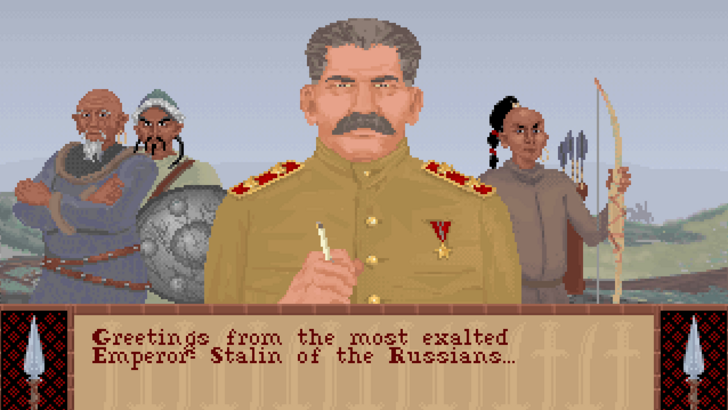
Civs 2 Through 5 Increase Diversity and Creativity in Increments
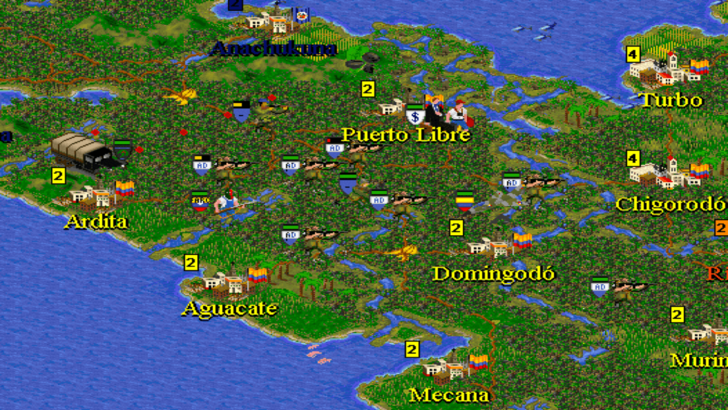
Civilization II marked the beginning of increased diversity, expanding the roster to include lesser-known civilizations like the Sioux and introducing alternative female leaders for each nation. The definition of a leader broadened to include figures pivotal to their civilization's identity, such as Sacagawea and Amaterasu.
Civilization III further integrated female leaders into the base game, with figures like Joan of Arc and Catherine the Great taking center stage. By Civilization IV and V, the roster had grown significantly, featuring leaders from various walks of life, including revolutionaries and generals. This shift emphasized a more inclusive narrative, showcasing the stories of all humanity.
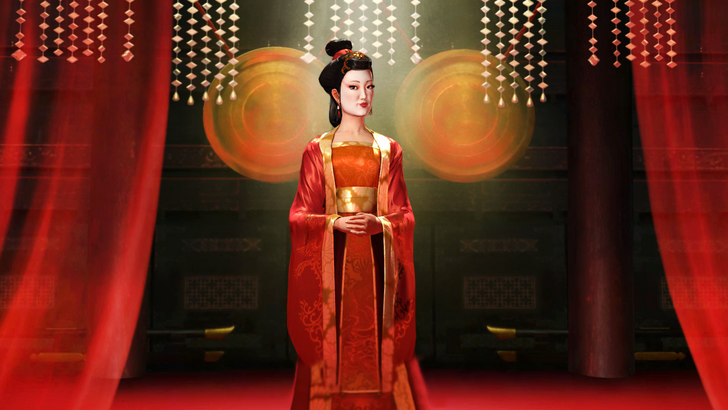
Civ 6 is When The Roster Starts to Get Spicy

Civilization VI brought a new level of creativity and diversity to the series, with leaders portrayed as animated caricatures and the introduction of Leader Personas. These personas offered different playstyles, allowing for deeper exploration of historical figures. Leaders like Lautaro of the Mapuche and Bà Triệu of Vietnam highlighted lesser-known heroes, while figures like Eleanor of Aquitaine and Kublai Khan could lead multiple civilizations, reflecting different chapters of their lives.
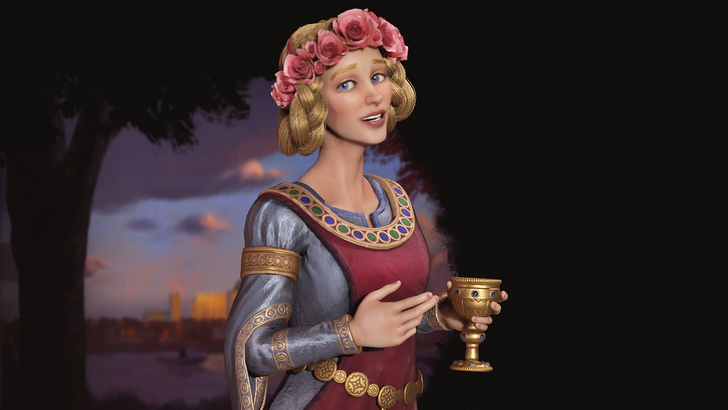
Civ 7 Forgoes Series Staples for Fresh Faces and Unique Leaders

Civilization VII takes the evolution of leadership to new heights with its most diverse and creative roster yet. The game introduces a mix-and-match approach, allowing players to pair leaders with civilizations in innovative ways. Notable additions include Harriet Tubman, embodying the spymaster role, and Niccolò Machiavelli, reflecting his philosophical stance on diplomacy. José Rizal from the Philippines brings a focus on diplomacy and cultural events, showcasing the game's commitment to a broader narrative.
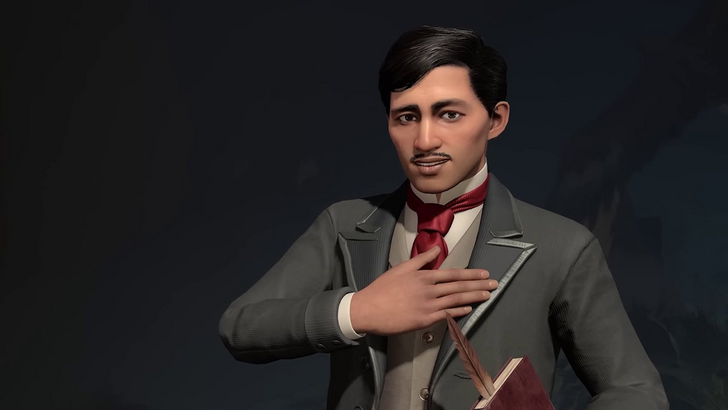
Over nearly three decades, Civilization has transformed from a game focused on superpowers to a rich tapestry of diverse leaders, each contributing to the story of humanity. The concept of leadership has evolved significantly, yet its importance remains unchanged. As we look forward to future installments, we can appreciate the intricate history woven by the series' ever-evolving rosters.
← Return to Sid Meier's Civilization VII main article
Sid Meier's Civilization VII Similar Games




